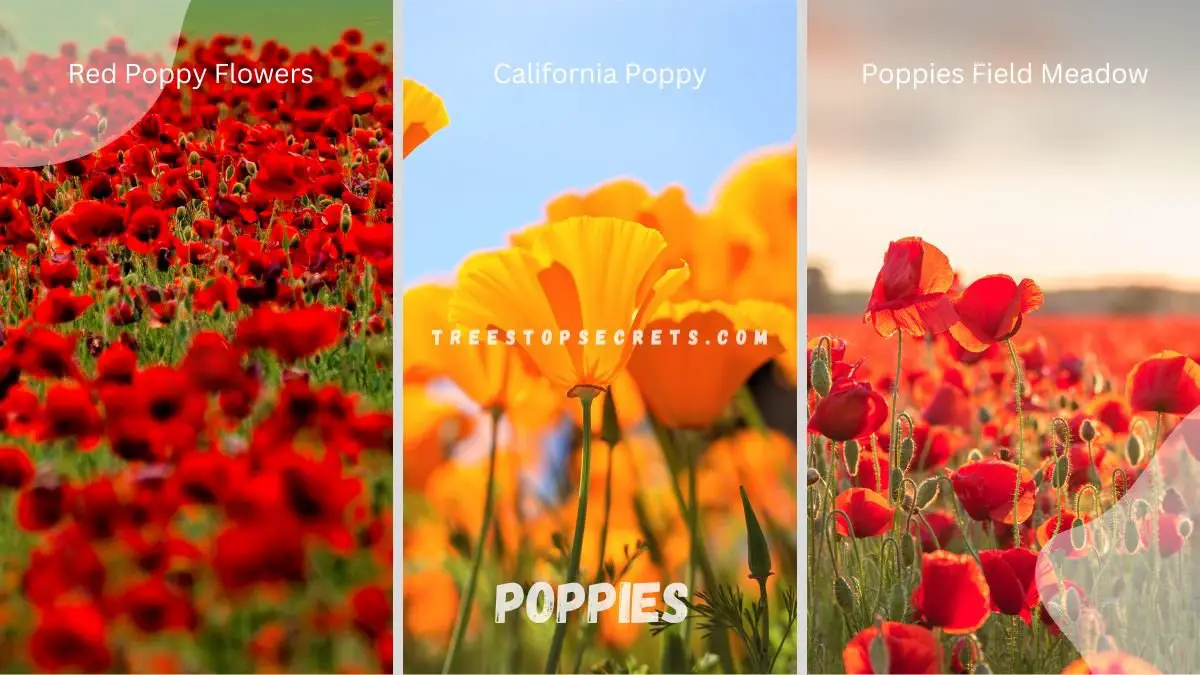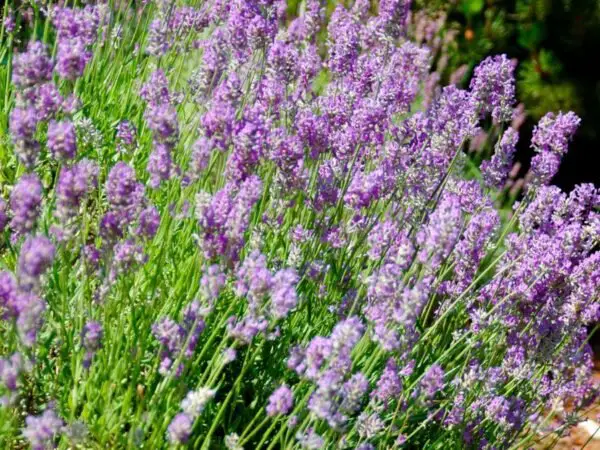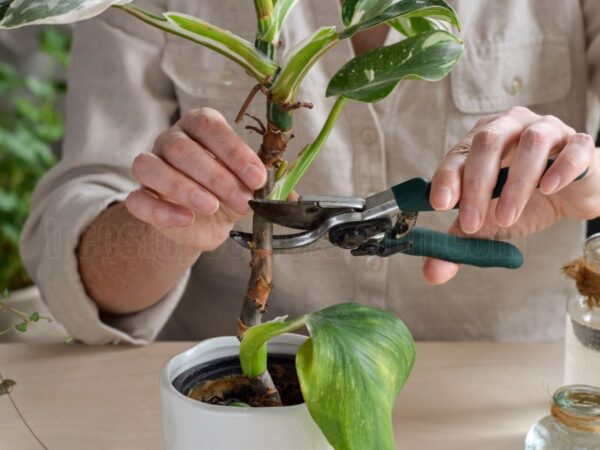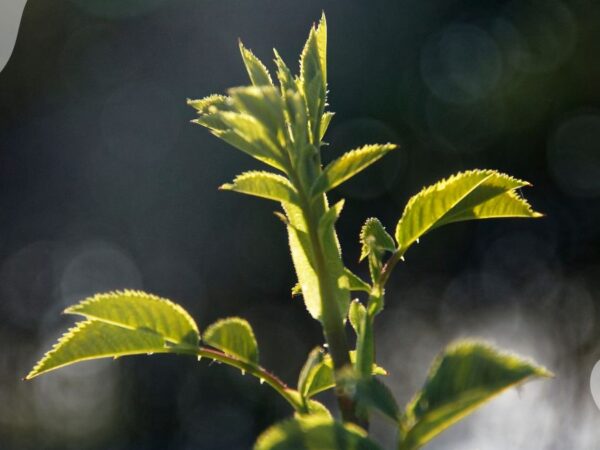Poppies are remarkable flowers known for their striking colors and symbolic meanings. With a wide array of species like the common red poppy and the delicate California poppy, they bring vibrancy to gardens and fields alike. Whether you're looking to grow poppies for their beauty or understand their cultural significance, I can provide expert guidance. From planting tips to historical contexts, my insights will help you appreciate and cultivate poppies to their fullest potential.
Poppies belong to the Papaveraceae family and come in various types, each with unique features. The common red poppy (Papaver rhoeas) is known for its bright red petals and black center, often associated with remembrance. The opium poppy (Papaver somniferum) has pale, often lavender flowers and produces seeds used in cooking and for medicinal purposes. California poppies (Eschscholzia californica) are notable for their golden orange blooms and thrive in arid climates. Understanding these differences helps in choosing the right poppy for your needs, whether for ornamental gardening or agricultural use.
There's a wealth of information about poppies, from cultivation techniques to their fascinating historical roles. Let me guide you through the diverse world of poppies, enhancing your knowledge and gardening success.
Key Takeaways
- Understand the different types of poppies and their specific planting requirements.
- Prepare your garden by selecting a sunny location with well-draining soil for successful poppy growth.
- Follow proper planting techniques such as sowing seeds directly or transplanting seedlings to ensure optimal growth.
- Provide essential care for poppies including regular watering, mulching, and monitoring for pests and diseases.
- Maintain your poppy plants by deadheading spent blooms, controlling weeds, and fertilizing as needed.
- Harvest poppy seeds once the pods have dried out and store them properly for future planting.
Understanding Poppies
Seed Selection
When planting poppies, choose seeds based on the variety of colors they offer. Opt for seeds from reputable sources to ensure quality and successful germination. Consider different types like annual, biennial, or short-lived perennials when selecting.
Ideal Planting Spots
Identify sunny spots in your garden for planting poppies to ensure they receive adequate sunlight. Look for well-draining areas to prevent waterlogging and root rot issues. For visual appeal, consider planting poppies, a flower, along borders or in rock gardens.
Preparing to Plant
Soil Requirements
Plant poppies in well-draining soil to avoid root rot issues. Verify soil pH for optimal growth. Amend with sand or perlite if necessary.
Planting Timing
Choose planting time according to your location's hardiness zone. Sow seeds four weeks pre-last frost. Adjust for different zones for best blooms.
Planting Techniques
Ground Planting
To start planting poppies in the ground, prepare the area by clearing debris and ensuring good sunlight. Mix the seeds with sand for an even spread, sowing thinly to avoid overcrowding. Remember to keep the soil consistently moist post-planting to aid germination.
Container Planting
When opting for container planting, begin by starting poppy seeds indoors about six to eight weeks before the last frost date. Cover the containers with a humidity dome to maintain ideal moisture levels during germination. Be careful when transplanting poppies from containers to outdoor settings to minimize root disturbance.
Poppy Care Essentials
Light Needs
To ensure poppies thrive, they require full sun exposure for optimal growth and blooming. Monitor sunlight in the planting area to guarantee sufficient light levels. Avoid shaded areas to prevent leggy growth and reduced flowering.
Watering Correctly
Consistently water poppies to maintain moist soil without waterlogging. Adjust watering based on weather conditions to prevent under or overwatering. Use a watering can or drip irrigation system for precise soil hydration.
Fertilizing Properly
Apply a balanced fertilizer sparingly to avoid excessive foliage growth at the expense of flowers. Fertilize during early growth stages to support healthy root development. Consider using organic fertilizers for natural growth and blooming cycles.
Maintenance Tips
Deadheading Flowers
Regularly remove faded flowers to encourage continuous blooming throughout the season. This practice helps redirect energy towards new growth and flowering. Deadhead poppies by pinching off spent blooms close to the stem to stimulate new flower production. By removing dead flowers, you prevent the plant from going to seed prematurely. Monitor the plants for dead flowers and promptly deadhead to maintain plant vigor. This ensures a neat appearance and prevents the plant from wasting resources on seed production.
Post-Harvest Care
Trim back poppy plants after the blooming season to promote new growth. Pruning helps maintain the plant's shape and encourages stronger stems for future blooms. Remove any diseased or damaged foliage to prevent the spread of pests and diseases. This safeguards the overall health of the plant and prevents further infestations. Consider leaving some seed pods on the plants for natural reseeding in the garden. Allowing some seed pods to mature can lead to self-sowing, creating a beautiful display in subsequent seasons.
Harvesting and Saving Seeds
Harvesting Blooms
Harvest poppy blooms early morning for freshness. Cut stems at an angle for water absorption. Place in water to prevent wilting.
Saving Seeds
Allow poppy seed pods to dry before collecting seeds. Store in cool, dry, airtight containers. Label with date and variety.
Closing Thoughts
By now, you have a solid understanding of how to plant poppies successfully. Remember to prepare the soil well, follow the planting techniques carefully, and provide the necessary care and maintenance for your poppy plants. Harvesting seeds will allow you to enjoy beautiful blooms year after year. Your garden will soon be graced with the vibrant colors and delicate petals of these stunning flowers.
Now that you are equipped with the knowledge to cultivate poppies, it's time to roll up your sleeves and get started. Transform your garden into a paradise of poppies, bringing joy not only to yourself but also to anyone who catches sight of these enchanting flowers. Happy planting!
Frequently Asked Questions
How deep should I plant poppy seeds?
Poppy seeds should be planted approximately 1/8 inch deep in the soil. Ensure the soil is well-draining and in a sunny location for optimal growth.
Can poppies grow in pots or containers?
Yes, poppies can be grown in pots or containers. Make sure the container has good drainage, use quality potting soil, and place it in a sunny spot. Water regularly but avoid overwatering.
When is the best time to plant poppies?
The best time to plant poppies is in early spring or late fall. This allows them to establish before extreme temperatures. Check your specific variety for any additional timing considerations.
How often should I water poppies?
Poppies prefer well-drained soil, so water only when the top inch of soil is dry. Depending on your climate, this could mean watering every few days to once a week. Avoid waterlogging the soil.
How do I harvest poppy seeds?
Wait until the seed pods have turned brown and dried on the plant. Cut the pods off and allow them to dry further indoors. Shake out the seeds and store them in a cool, dry place for future planting or culinary use.
Image Source: Paid image from CANVA





